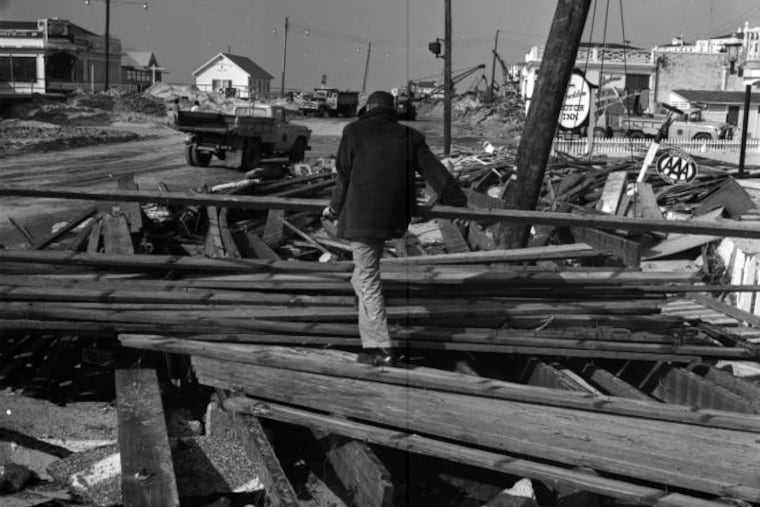How the most destructive nor’easter in Shore history primed beach towns for a building boom
The Ash Wednesday Storm of 1962 sliced Long Beach Island into five pieces and devastated the barrier islands. What followed was a massive increase in real estate values.
